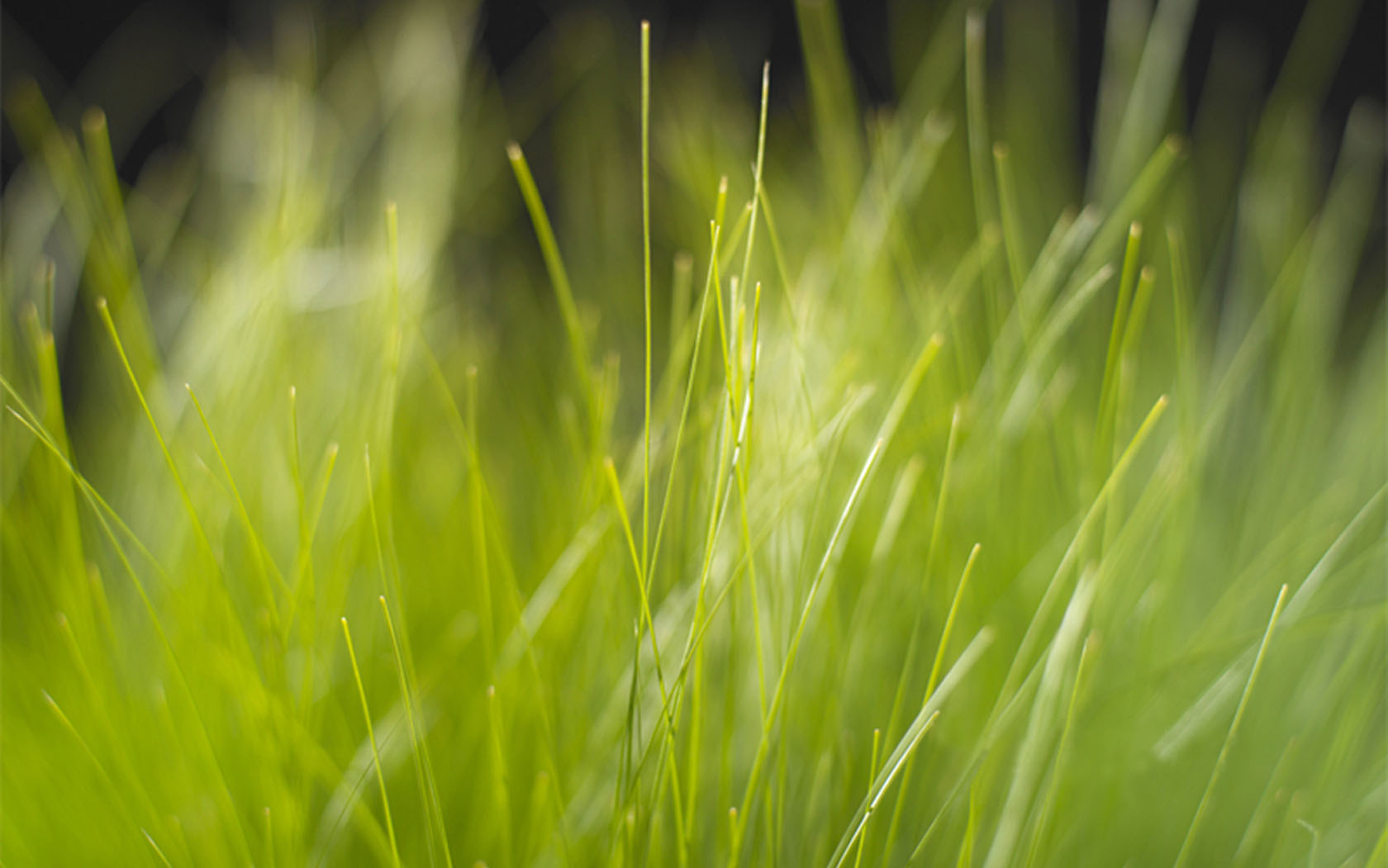 Russian Olive is considered a problem due to its aggressive growth, rapid spread, and the ability to form dense stands, displacing native vegetation and altering ecosystems. It has the potential to negatively impact watercourses and reduce biodiversity. Effective management strategies for Russian Olive involve a combination of preventive measures, early detection, and control methods. Control may include manual removal, cutting, and targeted herbicide application. Additionally, promoting the growth of desirable native vegetation is essential for restoring and maintaining ecosystem health. For specific guidance, please refer to the information on the USDA Forest Service website.
Russian Olive is considered a problem due to its aggressive growth, rapid spread, and the ability to form dense stands, displacing native vegetation and altering ecosystems. It has the potential to negatively impact watercourses and reduce biodiversity. Effective management strategies for Russian Olive involve a combination of preventive measures, early detection, and control methods. Control may include manual removal, cutting, and targeted herbicide application. Additionally, promoting the growth of desirable native vegetation is essential for restoring and maintaining ecosystem health. For specific guidance, please refer to the information on the USDA Forest Service website.
Russian Olive
 Russian Olive is considered a problem due to its aggressive growth, rapid spread, and the ability to form dense stands, displacing native vegetation and altering ecosystems. It has the potential to negatively impact watercourses and reduce biodiversity. Effective management strategies for Russian Olive involve a combination of preventive measures, early detection, and control methods. Control may include manual removal, cutting, and targeted herbicide application. Additionally, promoting the growth of desirable native vegetation is essential for restoring and maintaining ecosystem health. For specific guidance, please refer to the information on the USDA Forest Service website.
Russian Olive is considered a problem due to its aggressive growth, rapid spread, and the ability to form dense stands, displacing native vegetation and altering ecosystems. It has the potential to negatively impact watercourses and reduce biodiversity. Effective management strategies for Russian Olive involve a combination of preventive measures, early detection, and control methods. Control may include manual removal, cutting, and targeted herbicide application. Additionally, promoting the growth of desirable native vegetation is essential for restoring and maintaining ecosystem health. For specific guidance, please refer to the information on the USDA Forest Service website.

